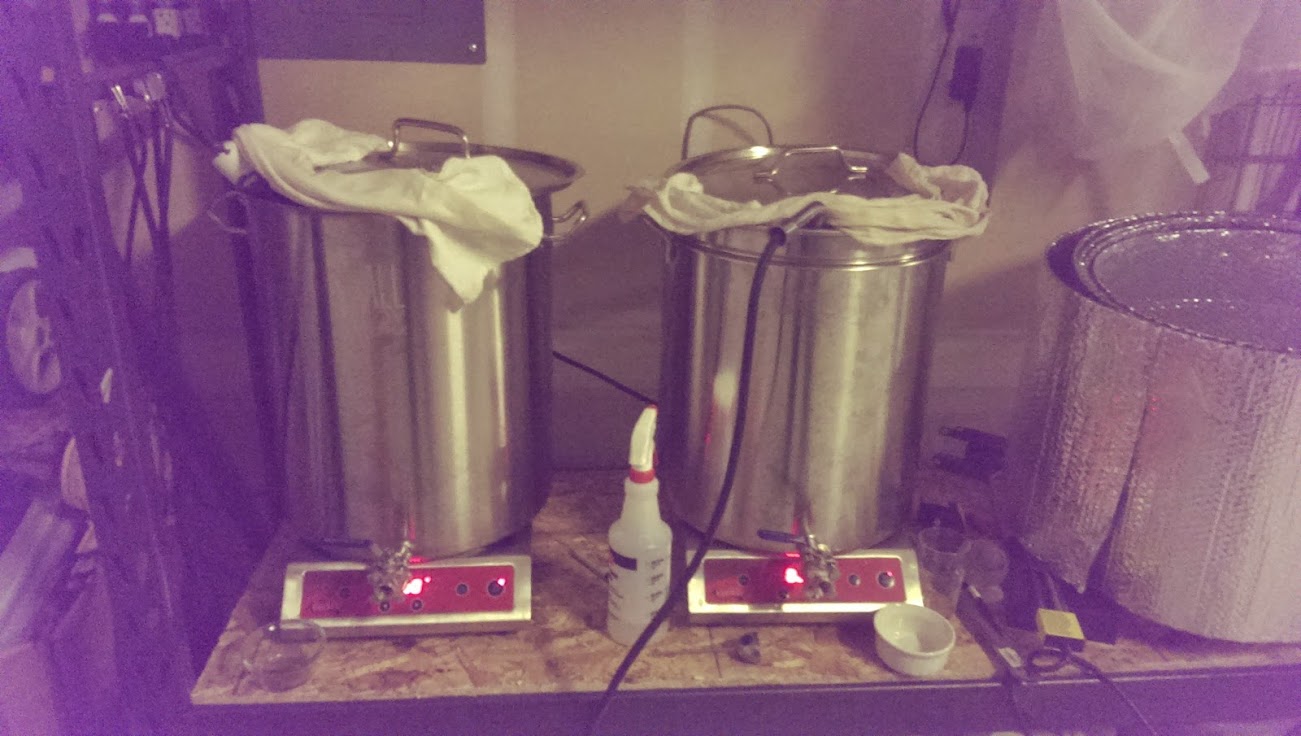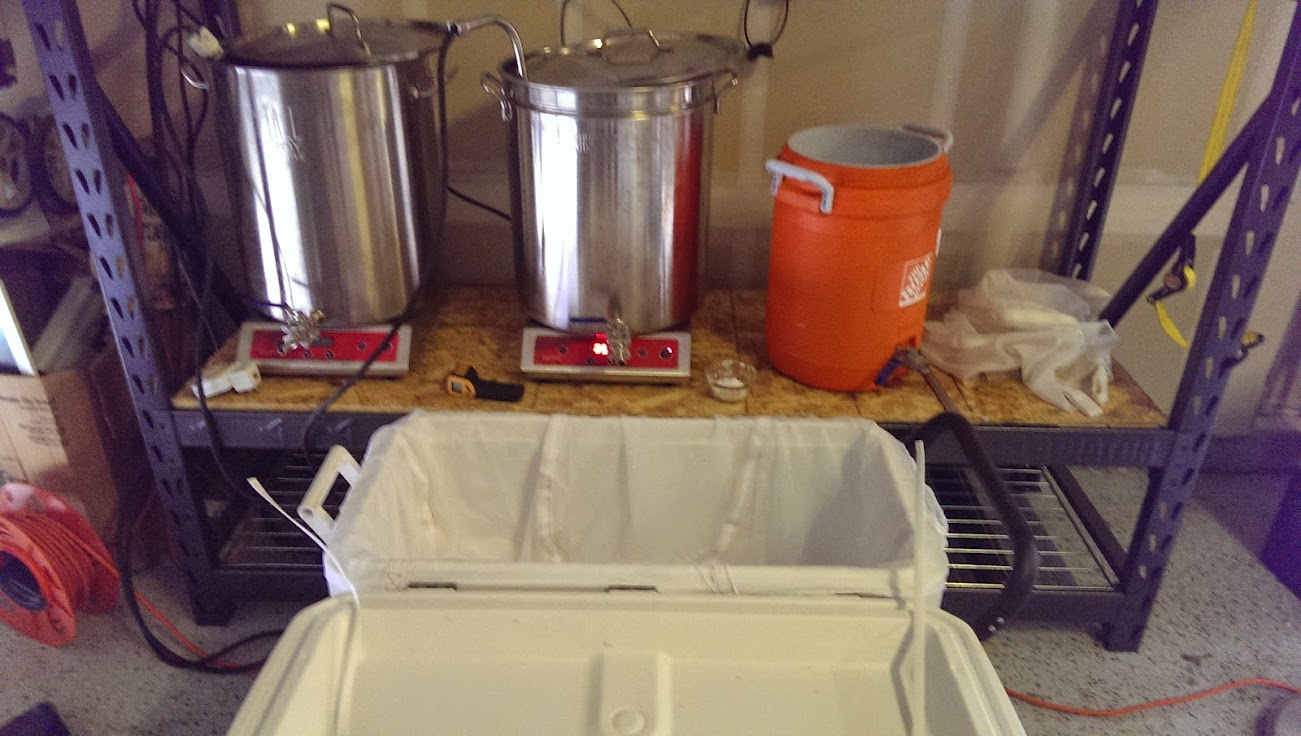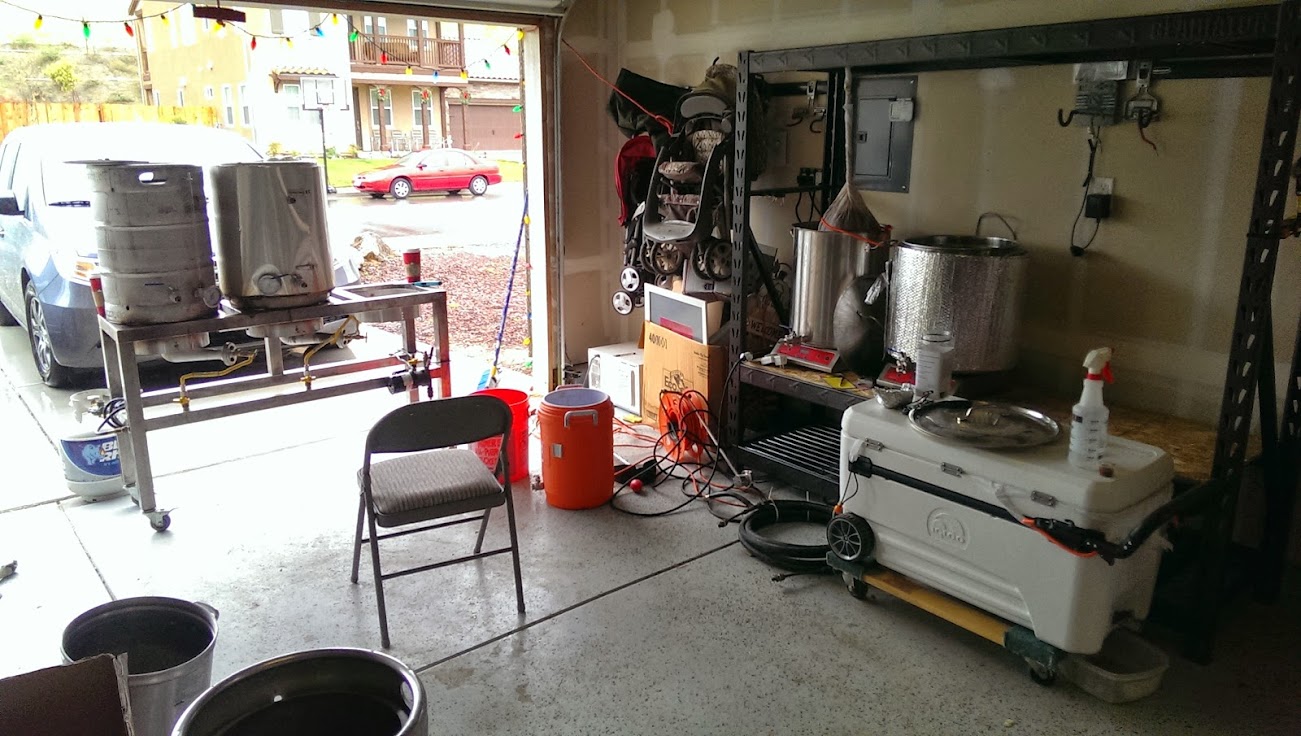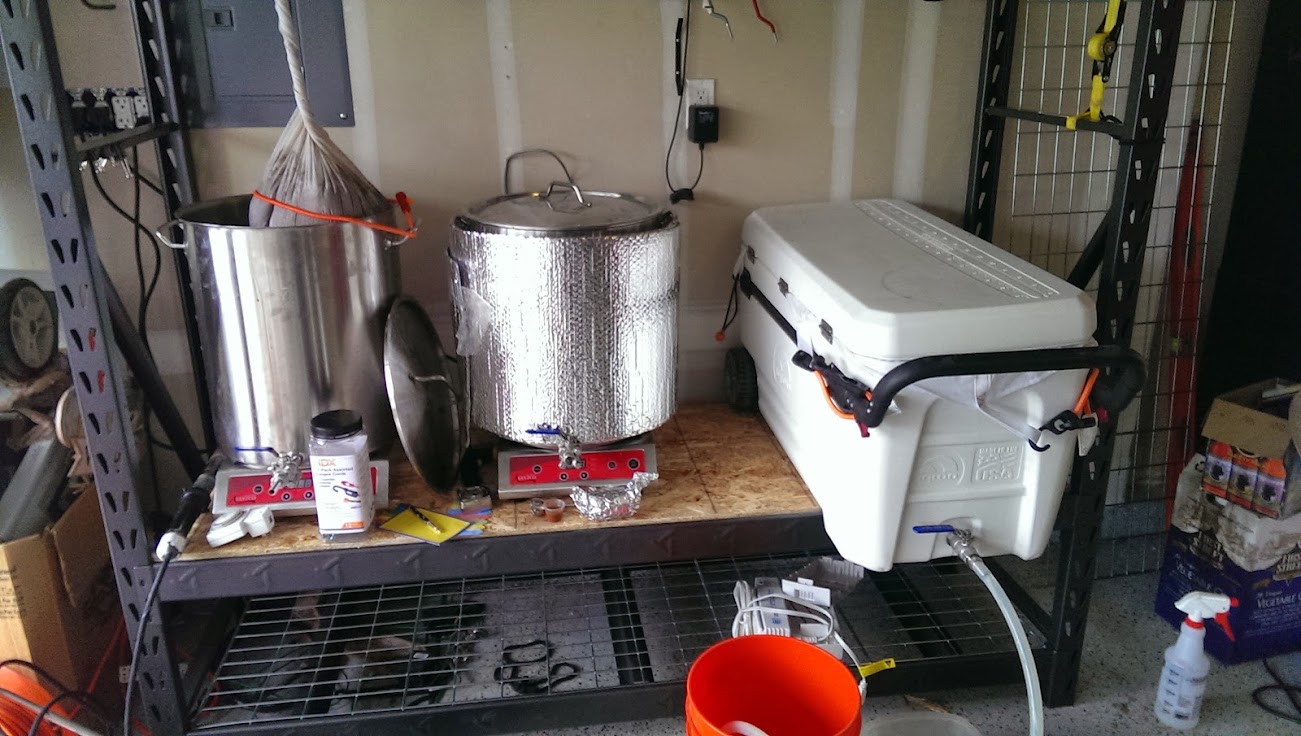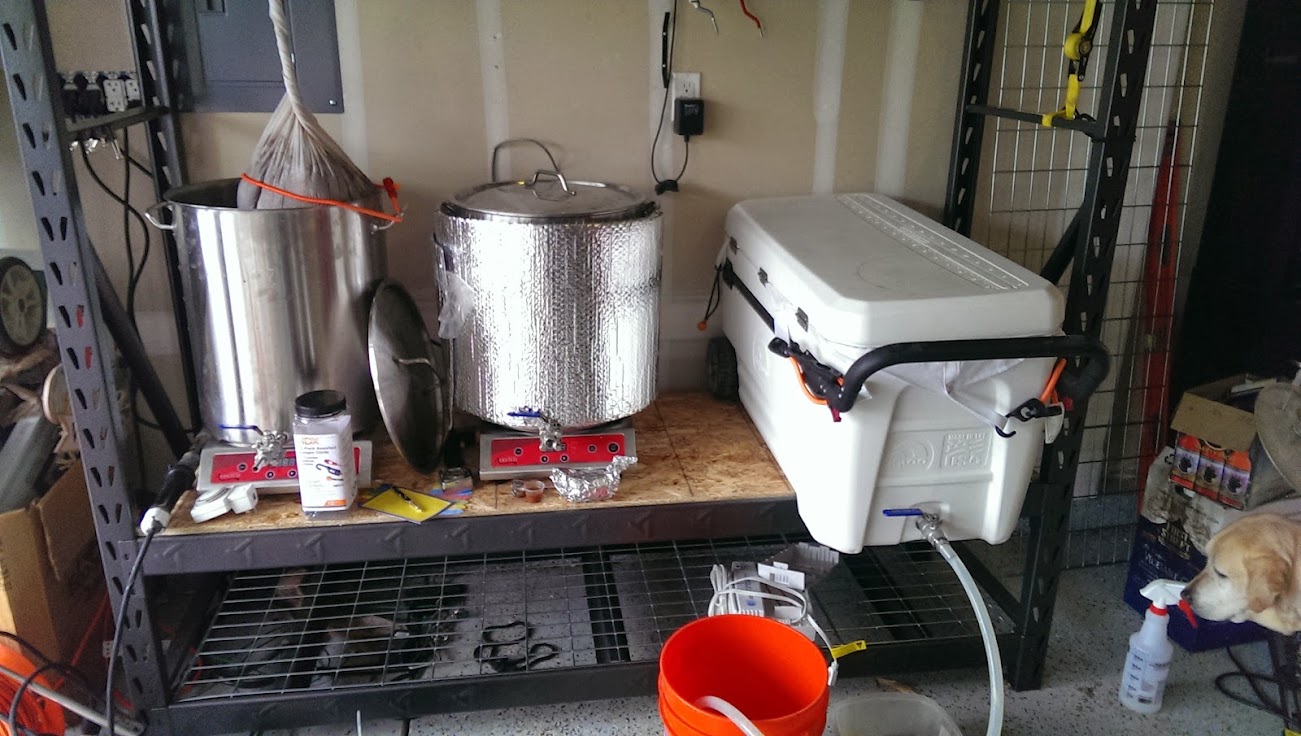augiedoggy
Well-Known Member
SOOW wire or standard? From what I saw the 6/4 standard wire was, but not braided. Shoot a link if you have it too - would love to avoid the 4/4 later if i can.
All I have every seen in 6 gauge is braided wire.... I wasn't aware they sold solid core in that size? Mine is braided and has been inspected and approved for my 60a circuit... I use 10/3 solid core for my 30a brewery setup....


 :rockin:
:rockin: